Science says probably!
In the time that we have lived together with cats (for the last four to ten thousand years), it’s not surprising that we have developed specialized ways of communicating with one another. Cats retain the juvenile behavior of meowing (something that kittens do to mom, but adult cats rarely do with one another) to get human attention. Humans can also distinguish an “urgent” purr from a non-urgent one, when played recordings of different cat purrs. Cats respond similarly to dogs, directing more attention to an object when a human has pointed to it.
Cats may be able to “read the room” so to speak, as one study found that cats seemed to look to humans for cues as to whether a strange stimulus was safe or not. A new study, “The role of cat eye narrowing movements in cat–human communication,” tried to determine whether cats might be influenced by a behavioral displayed often referred to as the “slow blink” – which is exactly as it sounds; a slow narrowing of the eyes directed toward cats in the hopes it will be perceived as a sign of safety and relaxation.
Narrowing of the eyes has been found in interactions between other animals, including dogs, horses and cows, and of course, in humans when they “smize” (as Tyra Banks coined, smiling with your eyes!).
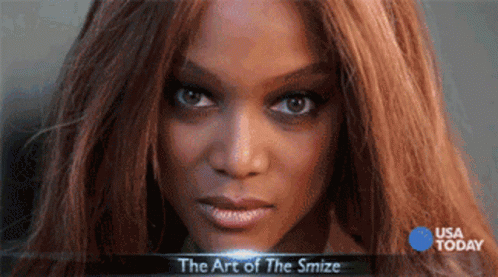
The current study wanted to determine whether cats would return the “smize” if a human slow-blinked at them, and whether a slow blink would increase the chances of a cat approaching an unfamiliar person. I’m going to give you a brief walkthrough of the two experiments and whether they provide strong evidence that cats respond to the slow blinking of humans.
In experiment 1, 21 cats were tested in their homes. There were two conditions: either the owners sat a meter away from their cat and directed slow blinks at them, or they stayed in the room but did not interact with their cat. All cats were exposed to both conditions, with some cats getting the slow blink first, and some cats getting the “no interaction” trial first. Cameras were placed on both the cat and the owner during the trial, which lasted no more than two minutes.
Results suggested that cats narrowed their eyes more when the human was directing slow blinks at them than when the owner was not paying attention to them. But should we be convinced?
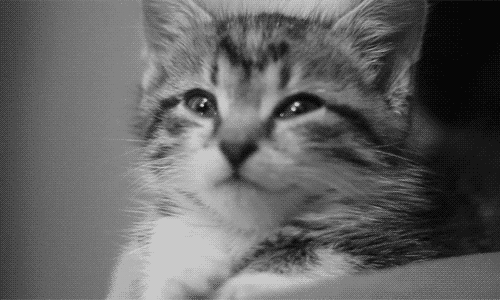
There were also some inconsistencies between participants – the trials lasted anywhere from 20 seconds to two minutes, and the rate of slow blinking varied from three to 30 slow blinks per minute. With such a small sample size, we want to be cautious about making any rash conclusions.
And unfortunately, there was one significant flaw in the first experiment, which is that the two conditions are too different to specifically test the effect of eye narrowing. It is possible that any time an owner is just facing their cat’s direction, their cat may feel happy and slow blink at them, regardless of whether the human is slow-blinking at them! For example, another recent study showed that even for dogs, there’s nothing particularly special about the human face compared to the back of the head, so it’s completely possible that just orienting toward your cat without blinking could have a positive effect.
Experiment 2 seems designed to better tease apart this distinction. Twenty-four cats were tested, again in their homes. In this case, a more appropriate control condition was included. In this case, an unfamiliar person either slow blinked at the participating cat, or else looked in the cat’s general direction without direct eye contact. As in the first study, all cats were exposed to both conditions. After the slow blink or neutral expression, the experimenter offered a hand to the cat and recorded whether the cat approached, avoided or did not move.
As in the first study, cats who received the slow blink were more likely to slow blink themselves. Cats were more likely to approach the experimenter after the slow blink condition, suggesting that cats do respond positively to the slow blink gesture!
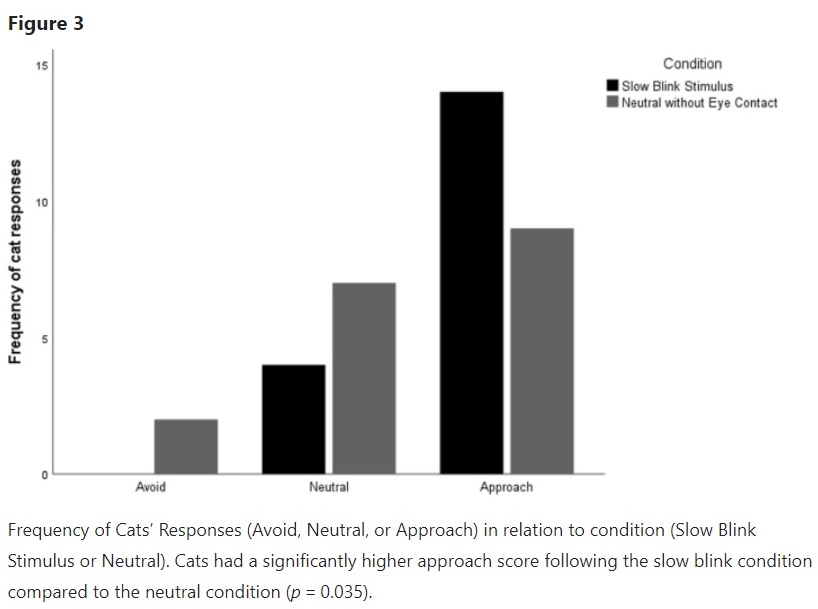
One very cool thing about this study is that the researchers used a very precise system, called CatFACS to assess the eye movements of the cats. This tool is designed to measure the movements of specific facial muscles in cats. This allows researchers to assess behaviors in a very objective way as muscle movements are well-defined.
The study does add to our understanding of the cat-human relationship, and suggests that there’s no harm and likely some help in offering a kitty a slow blink. It is possible that cats have been reinforced for slow blinking, and are more likely to return the gesture because it leads to other positive feedback from humans. Regardless, it appears that many cats welcome this “kiss from afar” and may be more likely to approach you if you offer it!
At the same time, it’s always important to read behind the headlines and make sure that the experiment tests what it means to, and think about what would DISPROVE the finding. For example, if you directed your face in the cat’s same direction with your eyes completely closed (or held open) would cats still blink? And if they did, what would that mean?
Reference:
Humphrey, T., Proops, L., Forman, J., Spooner, R., & McComb, K. (2020). The role of cat eye narrowing movements in cat–human communication. Scientific Reports, 10(1), 1-8.

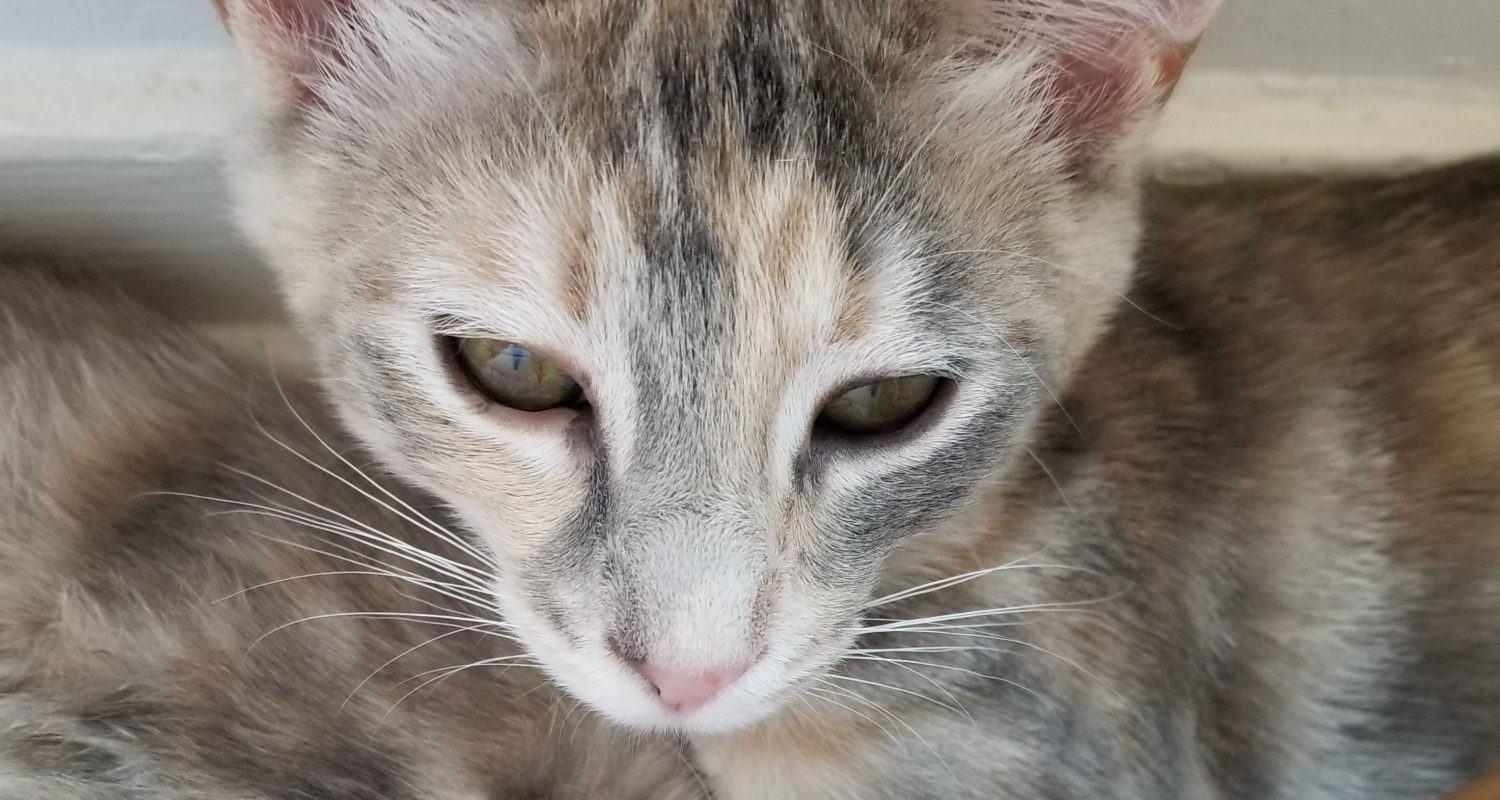
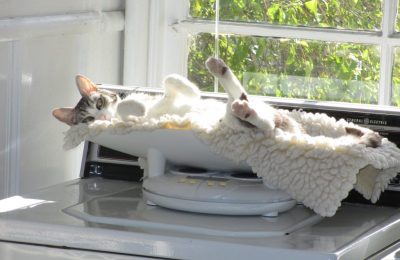
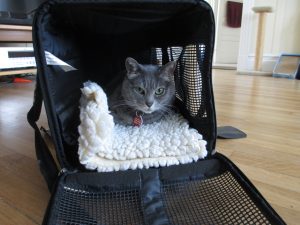
Four cats, all unrelated. Different ages, 2 male, 2 female. So far, I see no reaction or response to slow blinking, fast blinking, eyes closed, eyes open response all appears unrelated. Food cues, now that’s a different matter.
My friend calls it “kissy eyes” and he uses it to woo neighborhood cats.